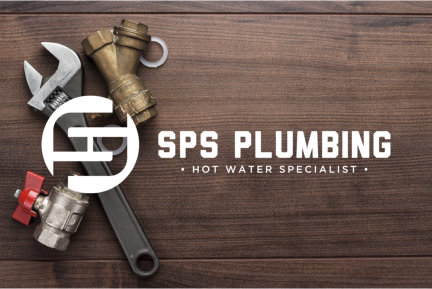Americans are wasting a ton of water. The U.S Environmental Protection Agency says an average family can waste 180 gallons per week. That also means wasting over 9,400 gallons per year. The cause: household leaks. The same agency also stated that 900 billion gallons of water were wasted due to household leaks. This equates to the 11 million homes using water.
But here’s the thing, you can avoid wasting water and your money through plumbing fixtures. Read on to learn ways you can save money and water through these six plumbing fixtures.
1. Upgrade To High-Efficiency Toilets
The 2017 research stated that you can save about 360 billion gallons of water if you replace old toilets. Here’s why: Older models are a prime cause of water wastage, as these models use roughly 3.5 gallons per flush. Newer and more efficient models can reduce that flush up to 1.3 gallons per flush. You can reduce flushes through design changes that put in place gravity and air pressure. This change can remove waste from the toilet without using much water.
You can save money through such design changes as per EPA (US Environmental Protection Agency). A homeowner can save up to $100 per month in water bills if they switch to these types of toilets. Variants can include the following:
- Dual flush toilets
- Waterless urinals for commercial use
2. Install A Quality Shower Head
Older shower heads are some of the significant sources of water wasted. That is because a standard shower head can use up to 2.5 gallons per minute. Hence, we recommend you upgrade to a quality and performance shower head. Through this upgrade, you could reduce water usage by up to 1.75 gallons per minute. This is because the design lowers the amount of water that flows through the shower head. It does this while keeping the proper water pressure.
Also, upgrading your shower head can lower your electricity bills.
3. Install Water-Saving Faucets
Cutting the amount of water flow can be an excellent way to save your bills and energy. EPA stated that 15% of indoor household water use came from faucets. Then another study shows that water-saving faucets can reduce your water use by at least 15%. Hence, this is why your faucet is one of the best plumbing fixtures we recommend you upgrade.
We recommend purchasing gaskets and aerators for your faucet. If you do, it can cut down on water flow while still maintaining the pressure. You can cut your water usage from 2.2 gallons per minute to 1.5 gallons per minute through this fix.
4. Invest In Pressure-Reducing Valves
A professional plumber should add a water pressure check into their regular maintenance check. If they note a higher PSI than needed, they may tell you to add a pressure-reducing valve (PRV). This is applicable for residential settings where an average home’s plumbing can function at 35 psi.
Here’s the thing, many homes aren’t aware that they are using a far higher pressure than the usual. So placing these valves on your main water line can reduce water pressure. This doesn’t only cut cause but also helps expand the life of your pipes.
5. Recirculate Your Hot Water Systems
The distance of your heat source can be the cause of water wastage. Whether it is your water heater, heat pump, or your broiler, the farther your heat source from the outlet, the longer it takes your hot water to arrive. Waiting for the right temperature will waste a lot of water. Thus, we recommend recirculating your pump that moves the water to the outlet.
Make sure that your system sends hot water from your source to your showers or faucets as needed. This is to avoid waste from the cold water that goes down the drain as you wait.
You can also save water by extending your water heater lifespan through annual water heater maintenance. Read our blog How to Extend Your Water Heater Lifespan That Most Homeowners Neglect to Do.
6. Do Regular Maintenance
A regularly maintained home plumbing system can save you a ton of money. These minor fixes can avoid more significant plumbing problems that can occur. So having your system inspected is a must.
During the inspection, you can ask the plumber to inspect taps, drains, and the toilet for potential leaks. Through these checks, you can avoid wasting your water. You can also call your plumber to inspect all the sewer lines.

